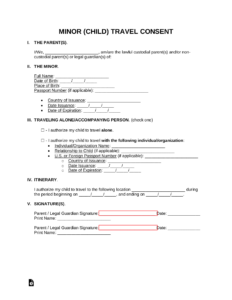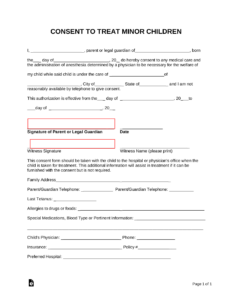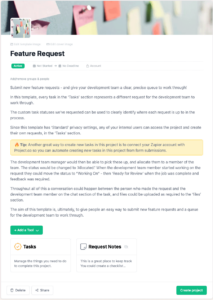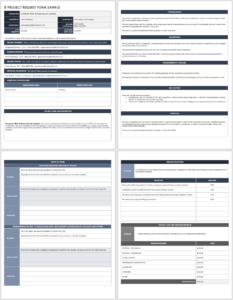Utilizing a pre-defined structure for improvement proposals offers several advantages. It fosters better communication between users and development teams, leading to more effective product development. The consistent format allows for easy tracking and management of suggestions, enabling efficient allocation of resources and faster implementation of valuable changes. Ultimately, this contributes to enhanced product quality and improved user satisfaction.
Understanding the structure and benefits of these forms is foundational to exploring related topics such as effective feedback strategies, product development lifecycles, and change management processes within organizations.
Key Components of a Product Improvement Submission Form
Effective submissions for product improvements require specific information to ensure clarity and facilitate efficient processing. The following components are typically essential:
1. Request Title: A concise and descriptive title summarizing the proposed enhancement. This allows for quick identification and understanding of the request.
2. Submitter Information: Contact details of the individual or team submitting the request. This enables follow-up and clarification if needed.
3. Date Submitted: Timestamping the submission allows for tracking and prioritization based on submission date.
4. Product/Feature: Specifies the product or specific feature the enhancement pertains to, ensuring the request reaches the appropriate team.
5. Description of Enhancement: A detailed explanation of the proposed improvement, including the problem being addressed and the desired outcome. Clear articulation of the benefit is crucial.
6. Priority Level: Indicates the urgency and impact of the enhancement, aiding in prioritization and resource allocation. This often utilizes a scale (e.g., low, medium, high).
7. Supporting Documentation: Any relevant attachments, such as screenshots, mockups, or data analysis, that further illustrate the proposed enhancement and its potential impact.
8. Proposed Solution (Optional): While not always required, suggesting a potential solution can be valuable for the development team’s consideration.
A well-structured submission form containing these elements promotes clear communication, efficient processing, and ultimately contributes to more effective product development.
How to Create a Product Enhancement Request Template
Creating a standardized template for product enhancement requests ensures consistent information capture and facilitates efficient processing. The following steps outline the process:
1: Define Objectives: Clearly outline the purpose of the template and what information it needs to capture. Consider the product development lifecycle and the organization’s specific requirements.
2: Determine Required Fields: Identify the essential information needed for each request, including request title, submitter information, date, product/feature, enhancement description, priority level, and supporting documentation. Consider optional fields like proposed solutions.
3: Choose a Format: Select a suitable format for the template, such as a digital form (e.g., Google Forms, Microsoft Forms) or a document template (e.g., Word, Google Docs). The chosen format should facilitate easy completion and submission.
4: Design the Layout: Structure the template logically and clearly, ensuring fields are grouped appropriately and instructions are concise. Prioritize user-friendliness for ease of completion.
5: Implement Input Validation: Where applicable, incorporate input validation to ensure data integrity. For example, mandatory fields and specific data formats (e.g., date format) can be enforced.
6: Test and Refine: Before widespread deployment, test the template with representative users to identify any usability issues or areas for improvement. Refine the template based on feedback received.
7: Document and Communicate: Provide clear documentation on how to use the template and its purpose. Communicate the availability of the template and its associated procedures to relevant stakeholders.
A well-designed template streamlines the submission process, ensures consistent data collection, and ultimately contributes to a more efficient product development workflow. Regular review and updates based on user feedback and evolving needs ensure its continued effectiveness.
Standardized forms for requesting product improvements are essential tools for effective product development. They provide a structured framework for communicating enhancement ideas, ensuring consistent information capture, facilitating efficient evaluation and prioritization, and ultimately contributing to enhanced product quality and user satisfaction. Key components such as clear descriptions, priority levels, and supporting documentation enable thorough assessment and informed decision-making. Careful template design, considering factors like user experience and data integrity, further optimizes the process.
Leveraging these structured approaches empowers organizations to systematically capture valuable feedback, fostering a culture of continuous improvement and driving product evolution. The consistent application of these tools plays a critical role in maintaining a competitive edge and delivering products that meet evolving market demands and user expectations.



